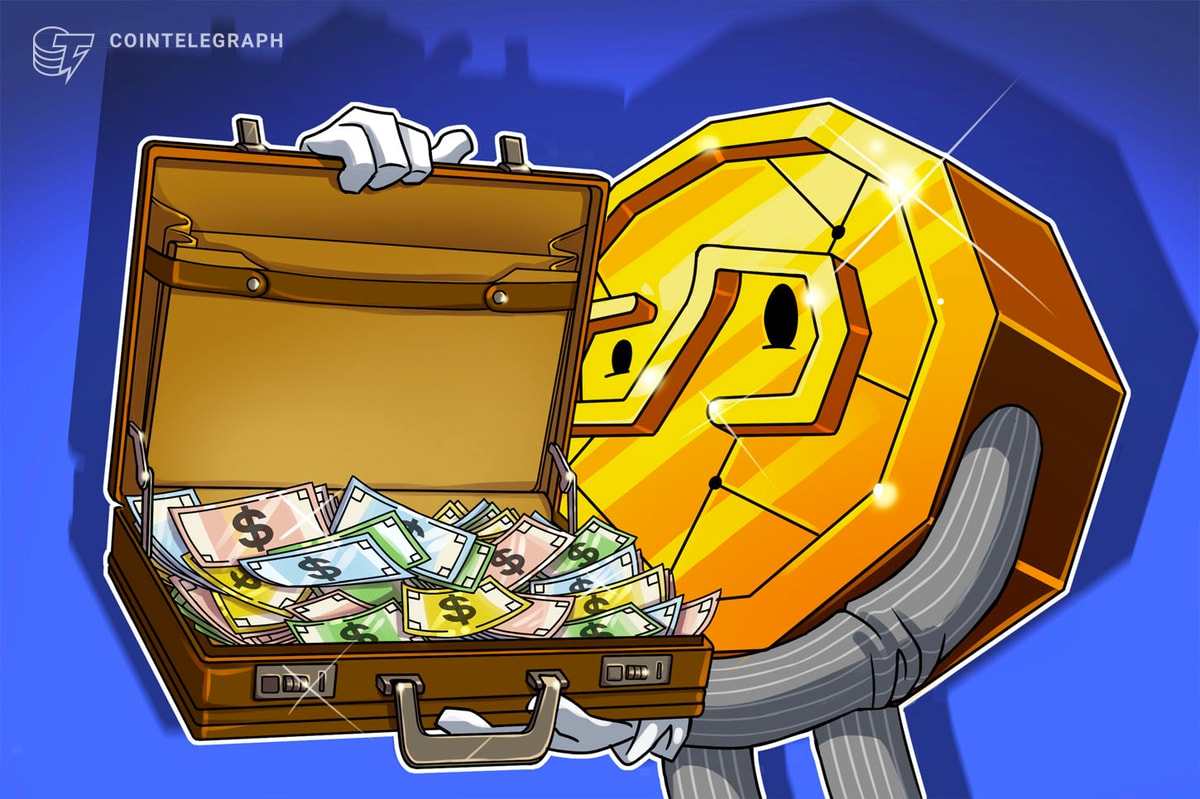Ever since Bitcoin’s initiation in 2009, the concept of decentralized finance or DeFi has slowly come into being. As of 2022, the global DeFi crypto market cap is close to $48 billion . If you are new to the world of crypto, you may not be aware of the concept of decentralized finance. In this article, we take you through the notion of DeFi quickly and also tell you about some of the most popular DeFi protocols you can invest in today.
DeFi is a global, open financial system designed to keep up with the digital age. It is a new financial technology that is based on secure distributed ledgers, similar to the ones used by cryptocurrencies. DeFi mainly consists of financial services and products provided on public blockchains, primarily Ethereum. It is a viable alternative to an opaque, tightly controlled system held together by decades-old infrastructure and processes.
As of right now, the DeFi applications we have available, like decentralized lending/borrowing and insurance, are essentially virtual representations of the same fiat applications, with the added benefit of being decentralized and handing over more control to the users of their own funds.
DeFi expands on the basic premise of Bitcoin, creating an entire digital alternative to Wall Street without any of the associated costs (think office towers, trading floors, banker salaries). The markets are always open with DeFi. Moreover, there are no centralized authorities to block payments. You won’t be denied access to anything. Services that were previously slow and vulnerable to human error are now automatic and safer, thanks to code that anyone can inspect and scrutinize.
How does DeFi work? Decentralized finance employs the same blockchain technology as cryptocurrencies. You can earn interest, borrow, lend, buy insurance, trade derivatives, trade assets, and do a variety of other things with DeFi. In the traditional financial system, intermediaries such as banks or stock exchanges are required to send or receive money. DeFi protocols replace these middlemen. People trade directly with one another instead of going through banks and stock exchanges, with blockchain-based smart contracts doing the work of making markets, settling trades, and ensuring that the entire process is fair and trustworthy.
DeFi eliminates the high fees charged by banks and other financial institutions for using their services. Individuals instead keep their money in a secure digital wallet, can transfer funds in minutes, and can use DeFi from anywhere, just with an internet connection and a smartphone. For instance, P2P (peer-to-peer) systems can meet an individual’s loan needs in DeFi- an algorithm will match borrowers with lenders, and a loan will be issued. Notably, P2P payments in DeFi are made through a decentralized application or DApp.
Popular DeFi Protocols Now that we know what decentralized finance is let’s take a look at some of the most popular DeFi protocols we have available today.
MakerDAO has emerged as one of the DeFi movement’s flagship projects. MakerDAO is a peer-to-peer organization built on the Ethereum network that enables people to lend and borrow cryptocurrencies. Decentralized Autonomous Organization is another name for a peer-to-peer organization (DAO). It has developed a protocol that allows anyone with ETH and a MetaMask wallet to lend money in the form of a stablecoin called DAI. The Maker protocol uses Ethereum smart contracts to automate the collateralization and lending of DAI, among other things.
For example, when the collateral for a specific loan falls in value significantly below the loan amount in DAI, the loan is liquidated. As a result, the platform can sell collateral to pay off DAI loans as well as fees and penalties. You can see how liquidity and the threat of liquidation ensure stability in blockchain lending and borrowing. MakerDAO has essentially adapted the central banking model to the blockchain and delegated governance to a network of token holders (MKR holders).
Aave is an open-source DeFi protocol for lending and borrowing cryptocurrency . Aave is a notable example of a DeFi solution designed to assist users in lending, borrowing, and earning interest on crypto assets without the use of intermediaries.
Aave allows users to create lending pools. Borrowers in Aave must deposit crypto tokens as collateral to borrow against, and users are only permitted to borrow up to the value of their collateral. A DAO, or decentralized autonomous organization, is used by the protocol. That is, Aave is run and governed by the people who own AAVE tokens and vote with them.
The AAVE cryptocurrency offers several advantages to holders. Borrowers who use AAVE as collateral also receive a lending-related fee reduction. Certain loans, known as ‘flash loans,’ can be issued and settled instantly through Aave. These loans require no upfront collateral and are processed quickly.
One of the current DeFi ecosystem’s core platforms, the decentralized crypto exchange, or DEX, is exemplified by Uniswap. After launching in November 2018, it was one of the first decentralized finance (or DeFi) applications to gain significant traction on Ethereum. DEXes seek to address many of the issues that plague their centralized counterparts, such as the risk of hacking, mismanagement, and arbitrary fees. It is, to be more specific, an automated liquidity protocol. Users don’t need an order book or a centralized party for trading. Uniswap enables users to trade without the use of intermediaries, resulting in a high degree of decentralization and censorship resistance.
Further, Uniswap is completely open source. This means that anyone can copy the underlying code of the platform and use it to build their own decentralized exchanges.
Conclusion To sum it all up, the many perks of decentralized finance include anonymity, privacy, and better control over your own assets. And with time, the many use cases of DeFi will only grow in number.
To trade in your favorite DeFi token, give WazirX website a visit!
Disclaimer: Cryptos are unregulated virtual assets, not a legal tender and subject to market risks. The views and opinions expressed in the article are those of the author(s) and don’t represent any investment advice or WazirX’s official position.
Also read | 5 Best Crypto Trading Strategies
Related 








 Bitcoin
Bitcoin  Ethereum
Ethereum  Tether
Tether  XRP
XRP  Solana
Solana  USDC
USDC  Cardano
Cardano  Dogecoin
Dogecoin  TRON
TRON  Lido Staked Ether
Lido Staked Ether  Wrapped Bitcoin
Wrapped Bitcoin  Chainlink
Chainlink  Toncoin
Toncoin  LEO Token
LEO Token  Avalanche
Avalanche  Wrapped stETH
Wrapped stETH  Stellar
Stellar  USDS
USDS  Hedera
Hedera  Shiba Inu
Shiba Inu  Sui
Sui  Polkadot
Polkadot  Litecoin
Litecoin  Bitcoin Cash
Bitcoin Cash  Pi Network
Pi Network  MANTRA
MANTRA  Bitget Token
Bitget Token  WETH
WETH  Hyperliquid
Hyperliquid  Ethena USDe
Ethena USDe  Binance Bridged USDT (BNB Smart Chain)
Binance Bridged USDT (BNB Smart Chain)  Wrapped eETH
Wrapped eETH  WhiteBIT Coin
WhiteBIT Coin  Uniswap
Uniswap  Monero
Monero  Aptos
Aptos  NEAR Protocol
NEAR Protocol  sUSDS
sUSDS  Ethena Staked USDe
Ethena Staked USDe  Dai
Dai  Pepe
Pepe  OKB
OKB  Internet Computer
Internet Computer  Aave
Aave  Gate
Gate  Mantle
Mantle  Tokenize Xchange
Tokenize Xchange  Ondo
Ondo  Ethereum Classic
Ethereum Classic